

| Olmstead et al. (1999) presented phylogenetic analyses of the Solanaceae based on restriction site variation of the entire chloroplast genome (Olmstead & Palmer, 1992) and DNA sequences of two genes, rbcL and ndhF (Olmstead et al. 1992, 1994; Olmstead & Sweere, 1994). These analyses contained one species of Nolana, and Nolana was deeply nested within the Solanaceae-Solanoideae in a clade with Lycium and Grabowskia (Lycieae). Johnston (1936), on morphological evidence, already had suggested that Nolana shared relationships with both Lycium and Grabowskia. |
|
Tortuga Bay - Isla Santa Cruz |
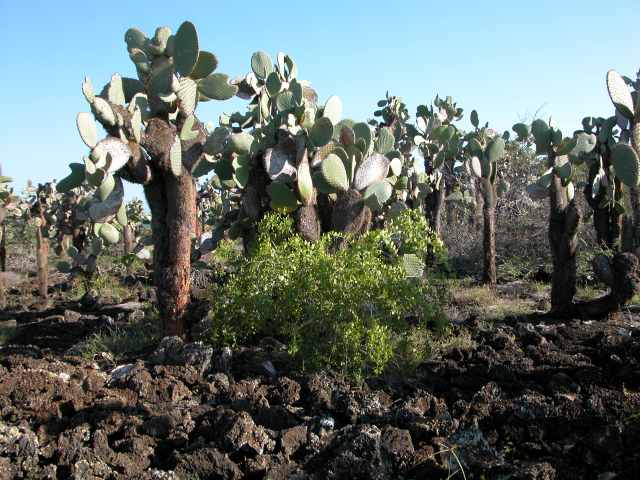 Grabowskia boerhaviifolia is an autodisjunction from the mainland of northern Peru. |
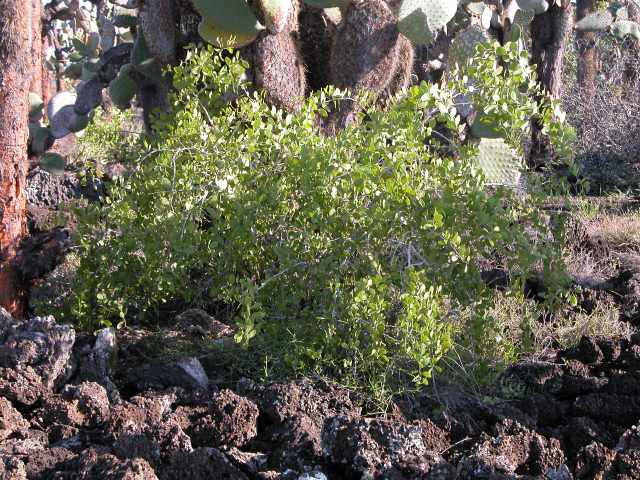 Grabowskia boerhaviifolia usually inhabits arid and near shore environments. and its leaves are laminar, elliptic-ovate and succulent. |
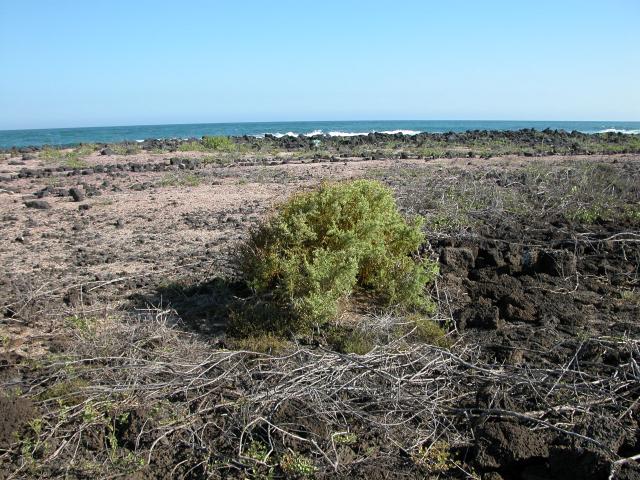 |
| Lycium
minimum is a Galápagos Island endemic growing here on the west side of Santa Curz's Tortuga Bay. |
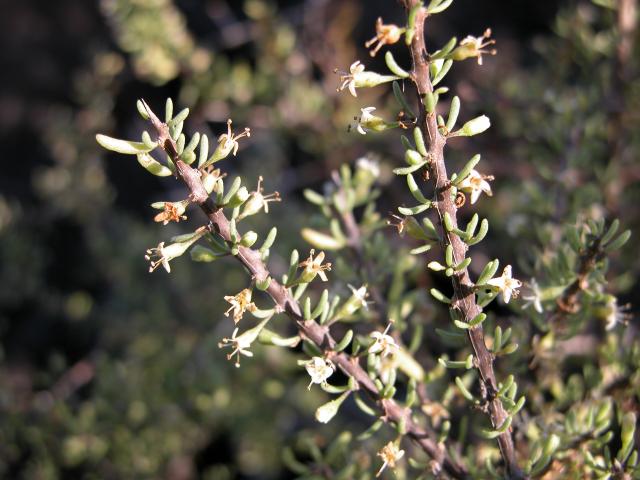 Lycium minimum with only four petals and anthers |
|
Lycium
minimum on Isla Floreana / Santa María
|
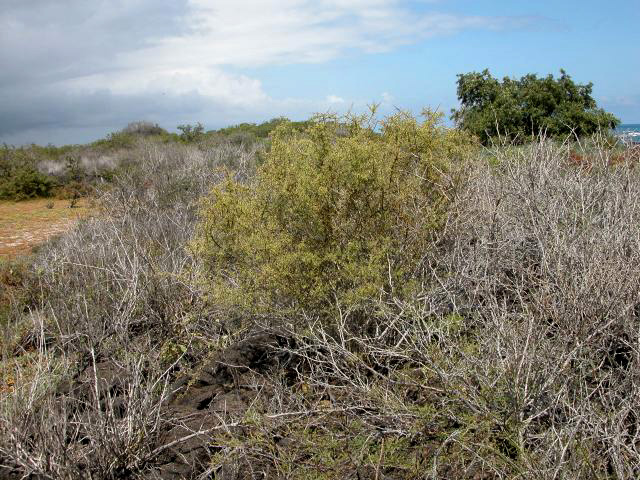 Lycium minimum growing directly from lava on Floreana (20 February 2004) |
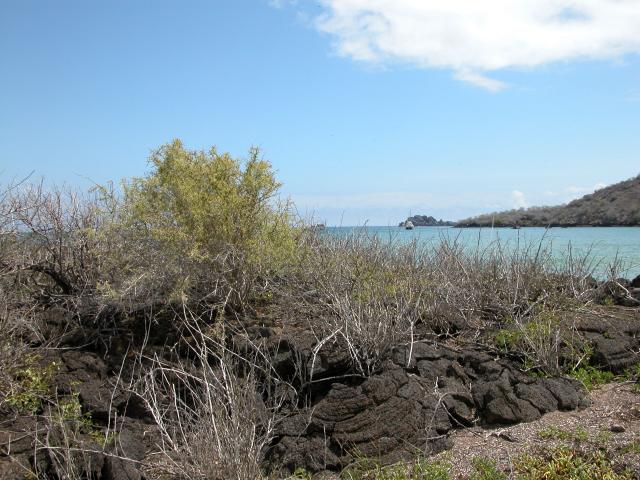 Lycium minimum along the beach of Punta Cormorant (20 February 2004). |
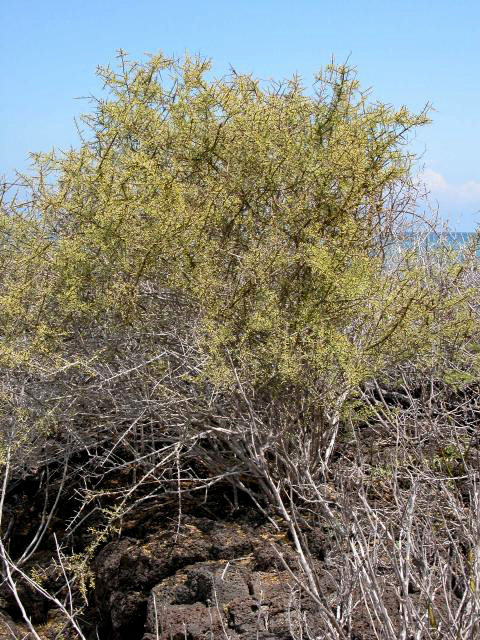 Lycium minimum is found in near ocean sites growing in either sand or directly from lava |
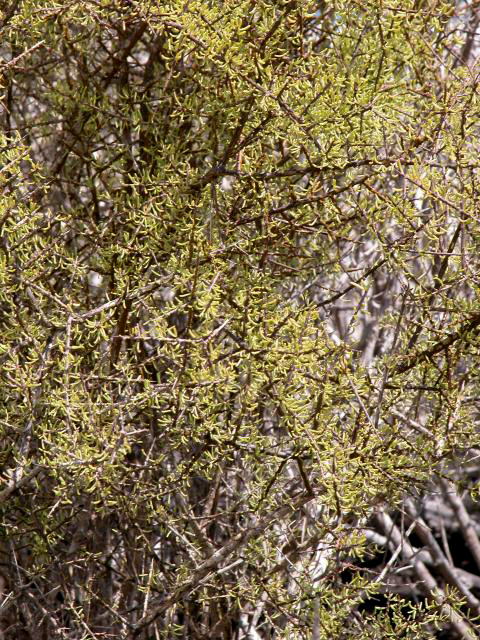 Lycium minimum has highly succulent leaves and thorny twigs. It was not flowering at this date (20 Feb 2004). |
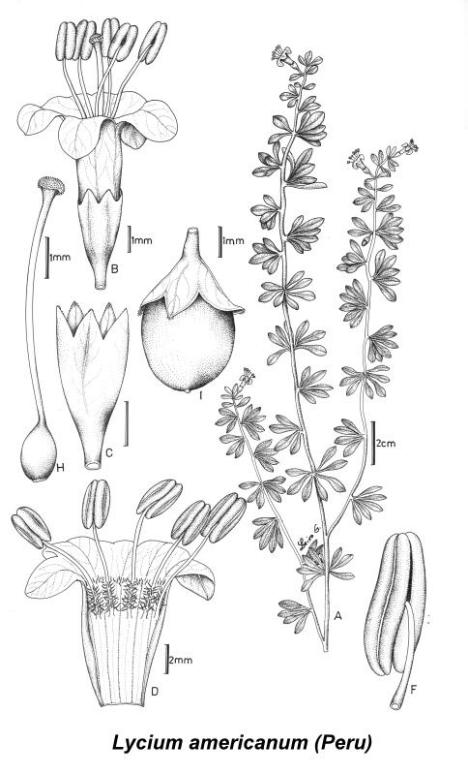 ~ ~
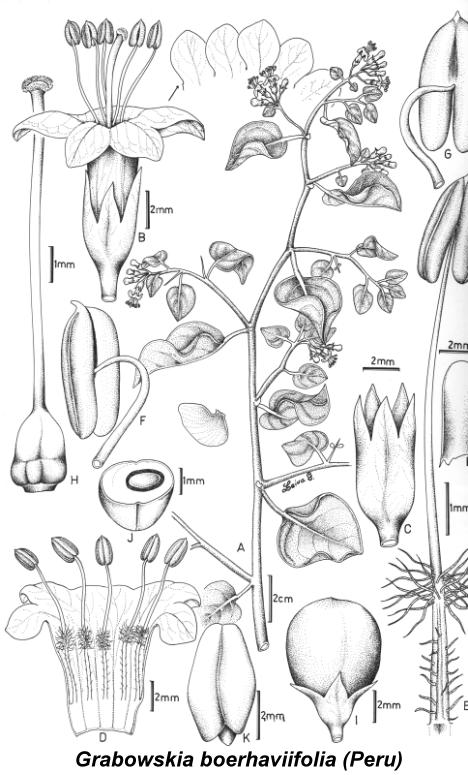 |